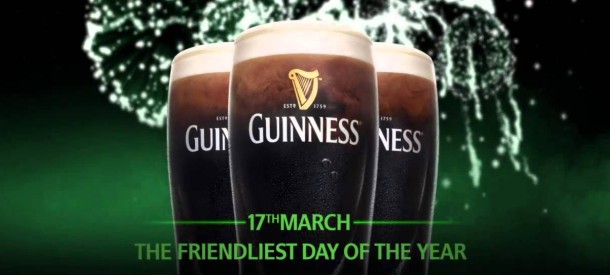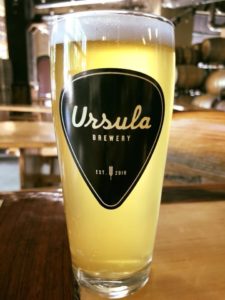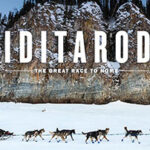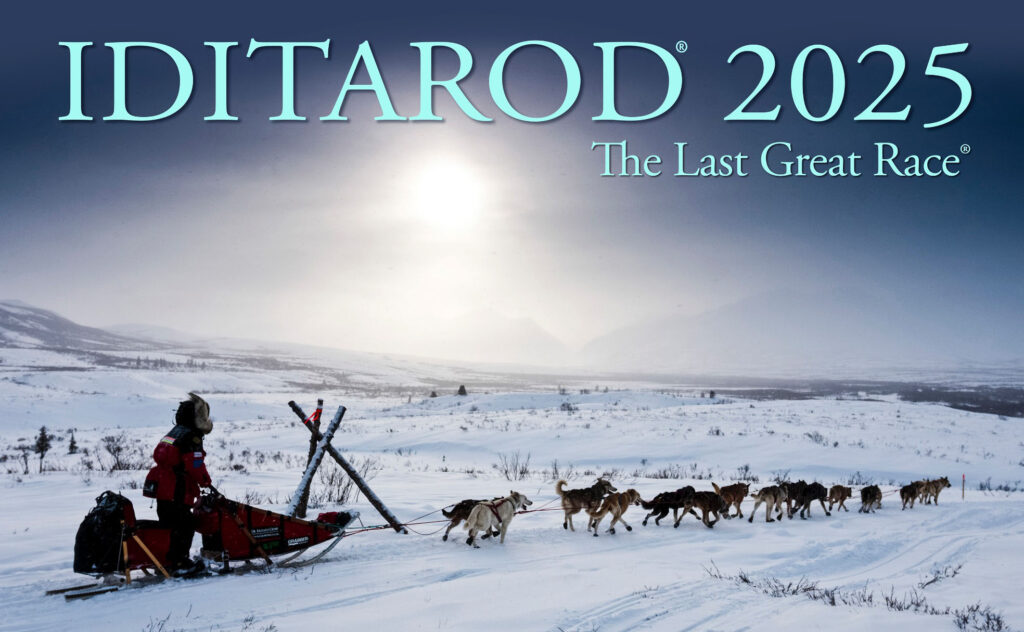
Based on available data, the “drunkest” cities in the United States are primarily identified by the percentage of adults who report excessive drinking, defined by the CDC as binge drinking (four or more drinks for women, five or more for men on a single occasion) or heavy drinking (eight or more drinks per week for women, 15 or more for men). Here’s a rundown of the top cities, drawing from recent analyses, with a focus on Wisconsin’s dominance and other notable areas:
- Green Bay, Wisconsin – Frequently cited as the drunkest city, Green Bay tops the list with 26.5% of adults reporting excessive drinking. About 50.5% of driving deaths here involve alcohol, reflecting a strong drinking culture. Wisconsin’s low alcohol taxes and harsh winters are often mentioned as contributing factors.
- Eau Claire, Wisconsin – Tied for second with 26.2% of adults drinking excessively. The city’s Midwest location and vibrant bar scene contribute to its ranking.
- Appleton, Wisconsin – Also at 26.2% for excessive drinking, Appleton is another Wisconsin city with a robust drinking culture, bolstered by its brewery presence.
- Madison, Wisconsin – With 25.5% of adults reporting excessive drinking and 38.7% of driving deaths involving alcohol, Madison, home to the University of Wisconsin, ranks high due to its college-town vibe.
- Fargo, North Dakota – The only non-Wisconsin city in the top five, Fargo has 25.2% of adults drinking excessively, with 29.5% of driving deaths alcohol-related. Its 63 drinking establishments add to the scene.
- La Crosse, Wisconsin – Boasting more bars per capita than any other U.S. city, La Crosse has 25.1% of adults reporting excessive drinking.
- Fond du Lac, Wisconsin – With 24.6% of adults drinking excessively and 25.9% of driving deaths involving alcohol, this city continues Wisconsin’s trend.
- Milwaukee, Wisconsin – Often cited as a top contender, Milwaukee has an excessive drinking rate of 24.6%. Its beer gardens and major breweries, combined with low alcohol taxes, make it a drinking hub.
- Ames, Iowa – Home to Iowa State University, Ames has 24.4% of adults reporting excessive drinking, though its alcohol-related driving deaths are lower at 11.8%.
- Minneapolis, Minnesota – With a 23.5% excessive drinking rate, Minneapolis ranks high globally as a drinking city, with 1,100 alcohol-related deaths in Minnesota in 2021.
Additional Notable Cities:
Iowa City, Iowa (23.1% excessive drinking) and Grand Forks, North Dakota (24.2%) also rank high, reflecting the Midwest’s heavy drinking trend.
Boston, Massachusetts (23.1%), Buffalo, New York (22.8%), and Chicago, Illinois (22.7%) round out top lists, with Boston’s bar culture and Chicago’s nightlife contributing.
Sacramento, California (21.6%) and New Orleans, Louisiana (21.9%) appear in some rankings, with New Orleans’ Mardi Gras and Sacramento’s proximity to wine regions playing roles.
Why Wisconsin Dominates:
Wisconsin claims seven of the top 10 drunkest cities, with factors like low alcohol taxes, a strong brewing history (think Milwaukee’s beer legacy), and cultural influences from German and Polish settlers. The state’s 26.2% excessive drinking rate is the highest in the U.S., and its cities like Green Bay, Eau Claire, and Appleton consistently top rankings. Harsh winters and a festival-heavy culture (Milwaukee’s “city of festivals”) further fuel the trend.


 History of Saint Patrick’s Day
History of Saint Patrick’s Day

 Ursula Brewery(2015-2024)
Ursula Brewery(2015-2024) Named after Ben’s grandmother Ursula (a tough-as-nails German immigrant who loved her lager), the brewery’s identity has always been “refined classics with a Colorado twist.” From day one, Ursula specialized in crisp, clean lagers (a rarity in IPA-crazed Colorado at the time) alongside English-style bitters, German altbiers, and the occasional big barrel-aged stouts. Their flagship Frauline Ursula German Pilsner became an instant local favorite for its snappy noble-hop bite and bone-dry finish, while Phantasmagoria (a rotating series of barrel-aged imperial stouts and barleywines) paid direct homage to their Phantom Canyon’s iconic old program.
Named after Ben’s grandmother Ursula (a tough-as-nails German immigrant who loved her lager), the brewery’s identity has always been “refined classics with a Colorado twist.” From day one, Ursula specialized in crisp, clean lagers (a rarity in IPA-crazed Colorado at the time) alongside English-style bitters, German altbiers, and the occasional big barrel-aged stouts. Their flagship Frauline Ursula German Pilsner became an instant local favorite for its snappy noble-hop bite and bone-dry finish, while Phantasmagoria (a rotating series of barrel-aged imperial stouts and barleywines) paid direct homage to their Phantom Canyon’s iconic old program.
